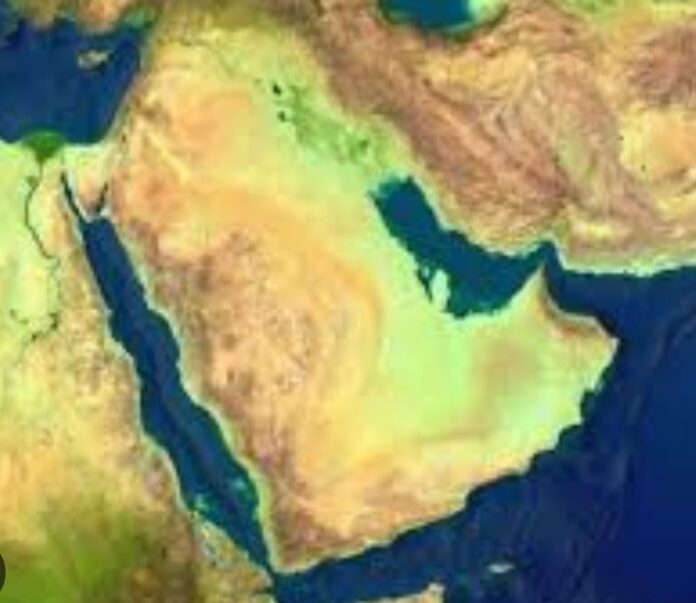The U.S. intelligence sources think that Iran is currently focused on increasing pressure on Israel and the United States indirectly, rather than seeking a direct war.
This is being done through its proxies in the region, such as Hamas in Hezbollah in Lebanon, Ansarullah in Yemen and groups in Iraq and Syria. The goal is to influence Israel’s decision-making as it prepares for a potential ground operation in Gaza.
These actions by Iran and its partners could potentially escalate tensions and lead to unintended regional conflict. It is believed that Tehran is attempting to compel Israel to limit the scope of its military campaign through these provocative tactics.
Recent incidents in the Middle East have raised concerns over Iran’s involvement in various attacks. In the Red Sea, a U.S. Navy ship successfully intercepted three cruise missiles and several drones launched by pro-Iranian Houthi forces in Yemen. There are fears that these weapons were intended for Israel.
In addition, rockets were fired at American targets in Baghdad, a typical move associated with pro-Iranian militias in Iraq. Furthermore, drones targeted the U.S. military’s al-Tanf garrison in southern Syria, resulting in minor injuries.
Initial investigations suggest that Iranian-backed militias may be responsible. Iran has been known to rely on armed proxies to protect itself, extend its influence, and deter direct attacks. Despite its limited conventional military capabilities, Iran’s use of these proxies remains a cause for concern in the region.
Meanwhile, the world economy is currently vulnerable and recovering from previous inflation caused by Russia’s invasion of Ukraine. Another war in an energy-producing region could lead to higher inflation and slower global growth.
Economists have analysed three scenarios for the impact of the ongoing conflict between Israel and Gaza on global growth and inflation.
The first scenario sees the conflict confined to Gaza and Israel, with minimal impact on the global economy.
The second scenario involves the conflict spreading to neighbouring countries, turning it into a proxy war between US and Iran, which would increase economic costs.
The third scenario involves direct military exchange between US and Iran, leading to even higher oil prices. The actual risks and possibilities are more complex than these scenarios, but they provide a framework for understanding potential outcomes.
The authors highlight the economic impact that rising tensions and conflict in the region could have, including a 10% jump in oil prices and a risk-off move in financial markets.
These factors could result in a global inflation. In the case of a war between US and Iran, the authors suggests that it could trigger a global recession, with soaring oil prices and plummeting risk assets.
The authors also mention the potential involvement of other countries such as China and Russia, which could further escalate tensions. Overall, the analysts argue that the conflict in the Middle East has the potential to disrupt global economic and market stability and undermines hopes for a more stable region. The end
Mohamed Mohamoud Adde is an academic and a political Analyst specialising in offering expert analysis, insight and recommendations on Political developments.


